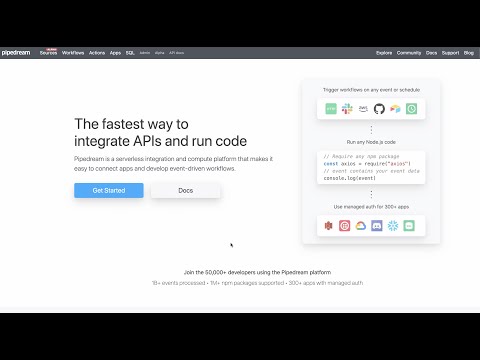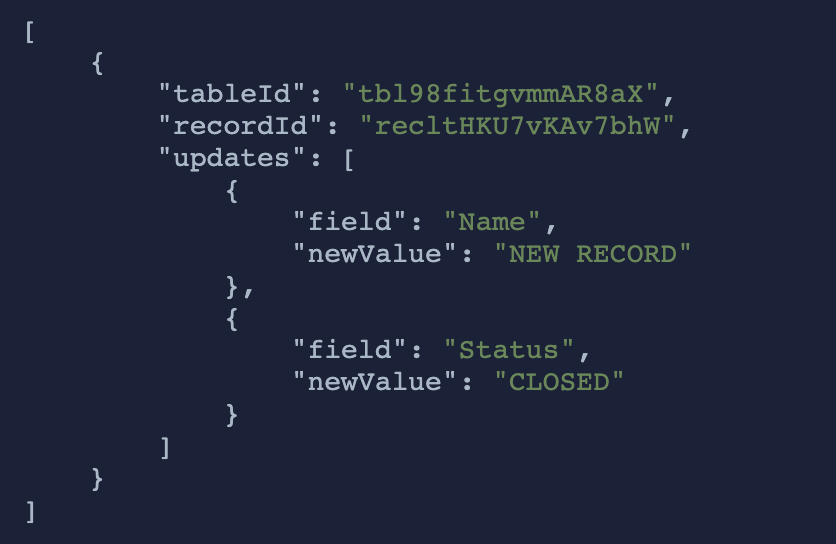What do you want to automate
with LaunchDarkly (OAuth) and Slack?
Prompt, edit and deploy AI agents that connect to LaunchDarkly (OAuth), Slack and 2,800+ other apps in seconds.
Trusted by 1,000,000+ developers from startups to Fortune 500 companies
Popular Ways to Connect LaunchDarkly (OAuth) with Slack#
Popular LaunchDarkly (OAuth) and Slack Triggers#
Emit new event when a new message is posted to one or more channels
Emit new event when a new access token activity happens. See the documentation
Emit new event when flag activity occurs. See the documentation
Emit new event when user activity is noted. See the documentation
Popular LaunchDarkly (OAuth) and Slack Actions#
Evaluates an existing feature flag for a specific user or in a general context. See the documentation
Send a message to a public or private channel. See the documentation
Get the status of a feature flag. See the documentation
Send a message to a user, group, private channel or public channel. See the documentation
Overview of LaunchDarkly (OAuth)#
Launch Darkly's API provides the means to automate feature flagging and manage experiments in your software delivery. This power, harnessed within Pipedream's serverless environment, can transform how you handle software deployment strategies, perform A/B testing, and control access to new features. The API's capabilities extend to updating flags, fetching flag statuses, and managing user segments, all of which can be integrated into sophisticated, automated workflows that react to external triggers or scheduled events.
Connect LaunchDarkly (OAuth)#
import { axios } from "@pipedream/platform"
export default defineComponent({
props: {
launch_darkly_oauth: {
type: "app",
app: "launch_darkly_oauth",
}
},
async run({steps, $}) {
return await axios($, {
url: `https://app.launchdarkly.com/api/v2/projects`,
headers: {
Authorization: `Bearer ${this.launch_darkly_oauth.$auth.oauth_access_token}`,
},
})
},
})
Overview of Slack#
The Pipedream app for Slack enables you to build event-driven workflows that interact with the Slack API. Once you authorize the app's access to your workspace, you can use Pipedream workflows to perform common Slack actions or write your own code against the Slack API.
The Pipedream app for Slack is not a typical app. You don't interact with it directly as a bot, and it doesn't add custom functionality to your workspace out of the box. It makes it easier to automate anything you'd typically use the Slack API for, using Pipedream workflows.
- Automate posting updates to your team channels
- Create a bot to answer common questions
- Integrate with your existing tools and services
- And much more!
Connect Slack#
import { axios } from "@pipedream/platform"
export default defineComponent({
props: {
slack: {
type: "app",
app: "slack",
}
},
async run({steps, $}) {
return await axios($, {
url: `https://slack.com/api/users.profile.get`,
headers: {
Authorization: `Bearer ${this.slack.$auth.oauth_access_token}`,
},
})
},
})
Related Videos#


Community Posts#
